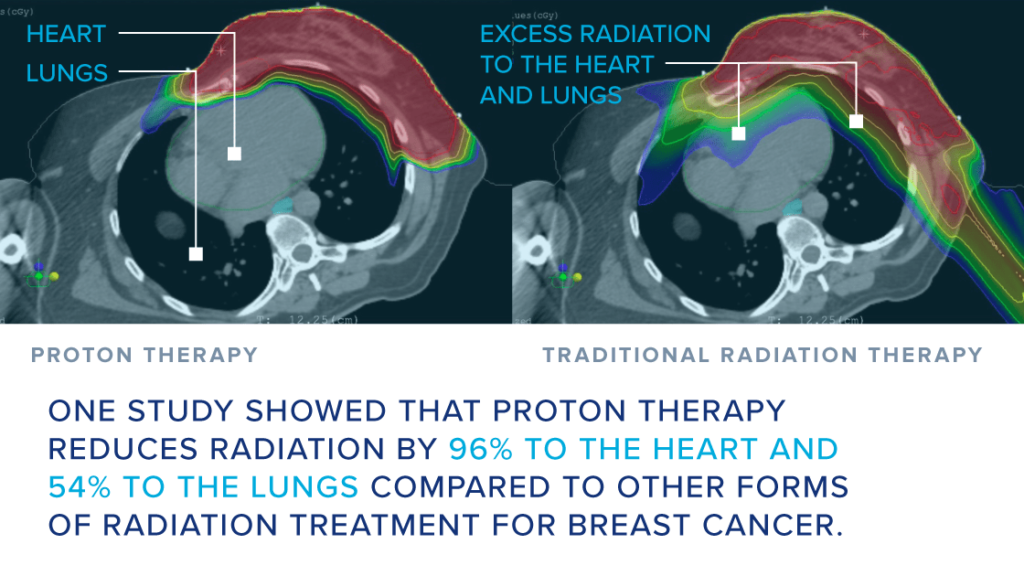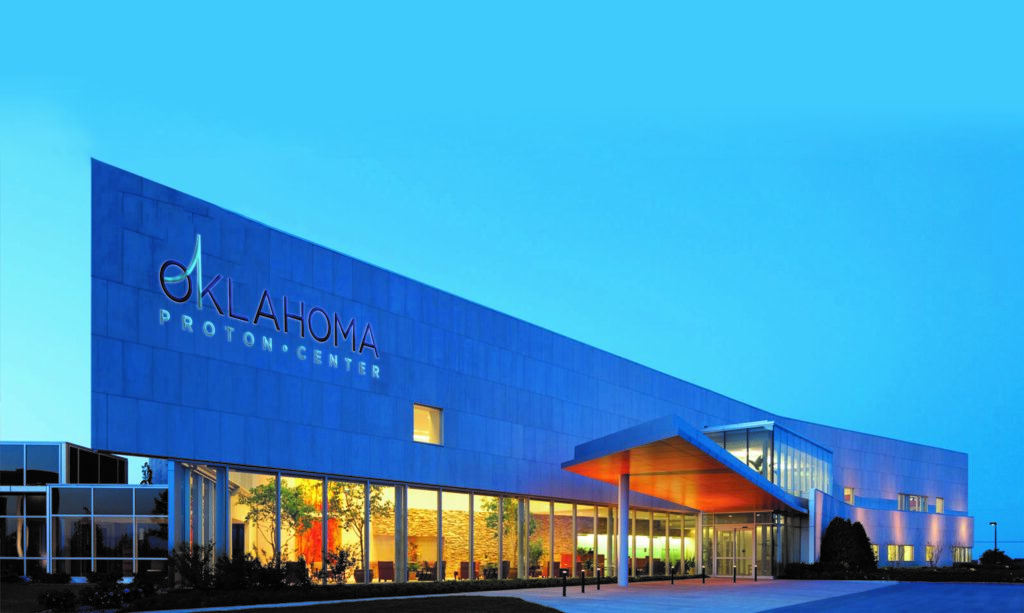
Approximately one in eight women will be diagnosed with breast cancer at some point in their lifetime. For women and men with breast cancer, conventional treatment may pose a risk to the heart and lungs as well as other nearby tissue, muscle, and bone by exposing them to radiation.
Dr. John Frame, a renowned surgeon from Tulsa, Oklahoma who practiced for nearly 40 years, shares his thoughts on the advancements in treatment for breast cancer and why he recommends proton therapy for some of his patients.
To whom it may concern,
I have been in practice as a surgeon for nearly 40 years. Over the past 25 years, my primary focus has been the treatment of breast cancer. I have treated thousands of breast cancer patients in my career as a physician.
During this time, I have been privileged to witness advances in the care of breast cancer patients that have significantly increased survival rates, improved cosmetic outcomes, and reduced the risk and incidence of side effects.
The side effects of breast cancer treatment can at times be severe, especially for those patients needing adjuvant chemotherapy and/or radiation therapy. Chemotherapy and targeted systemic therapy for breast cancer can at times result in severe systemic issues including complications (sometimes fatal) in critical organs such as the heart and lungs.
The heart and lungs are at increased risk when radiation is also required. The ability to effectively deliver radiation to the designated tumor area while avoiding critical structures such as the heart and lungs becomes especially challenging when the disease is on the left side or when there is regional metastatic disease to axillary or mediastinal lymph nodes.
Thus for me, one of the exciting advances in the treatment of breast cancer is the use of proton radiation. The unique properties of protons allow them to be stopped inside the tumor or tumor field (much more focused targeting and less “scatter radiation”). This theoretically reduces the exposure of adjacent critical organs to potentially toxic doses of radiation. This contrasts with even the most advanced forms of X-ray or photon-based radiation where the radiation cannot be as precisely targeted, thus increasing the risk of exposure to healthy adjacent tissue and organs.
Most cancer centers in the country such as MD Anderson, Mayo Clinic, and Memorial Sloan Kettering routinely consider the use of protons to treat some (primarily left-side) breast cancers and espouse its benefits for these patients. However, proton therapy is not universally available. We are fortunate to have two proton centers in Oklahoma, including the OklahomaProton Center in Oklahoma City, OK.
I refer some of my breast cancer patients to Oklahoma Proton Center for consultation and consideration of proton therapy. Patients are given the choice, but only after seeing comparative radiation simulations between traditional radiation and proton radiation. The team at Oklahoma Proton Center is knowledgeable, compassionate, and efficient. I would strongly encourage any breast cancer patient, or any physician involved in the care of breast cancer patients to consider proton therapy as an option when radiation is required as part of the treatment regimen.
Regards,


Dr. John Frame
Oklahoma Proton Center has successfully treated thousands of patients with protons since the center opened in 2009. We encourage any patient or family member with questions to reach out to our team. We can provide an initial clinical review of a case within a few days and provide a recommendation on whether proton therapy is an option worth considering.
